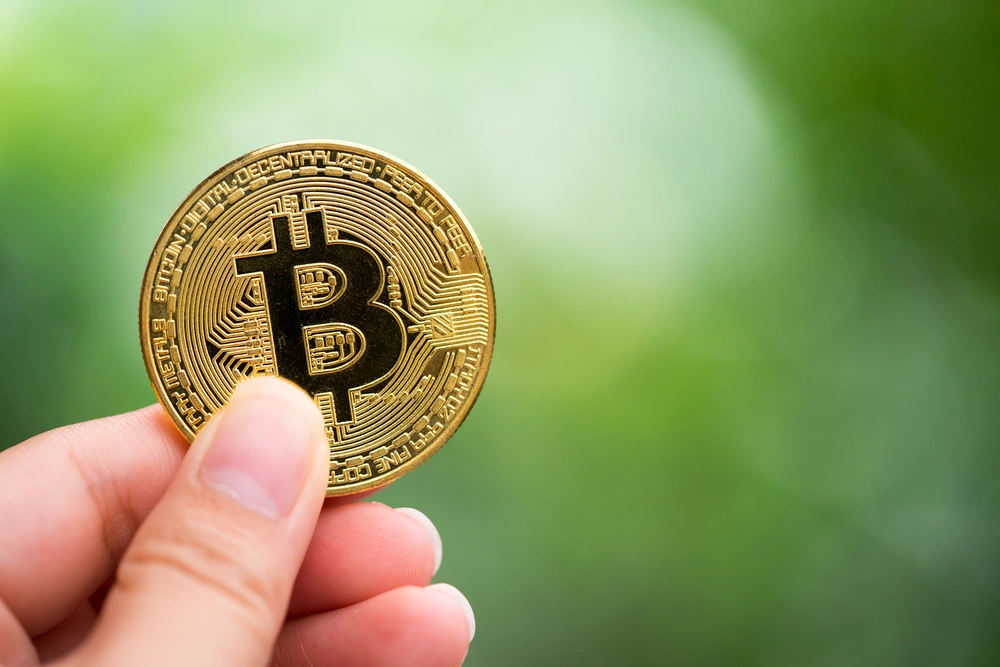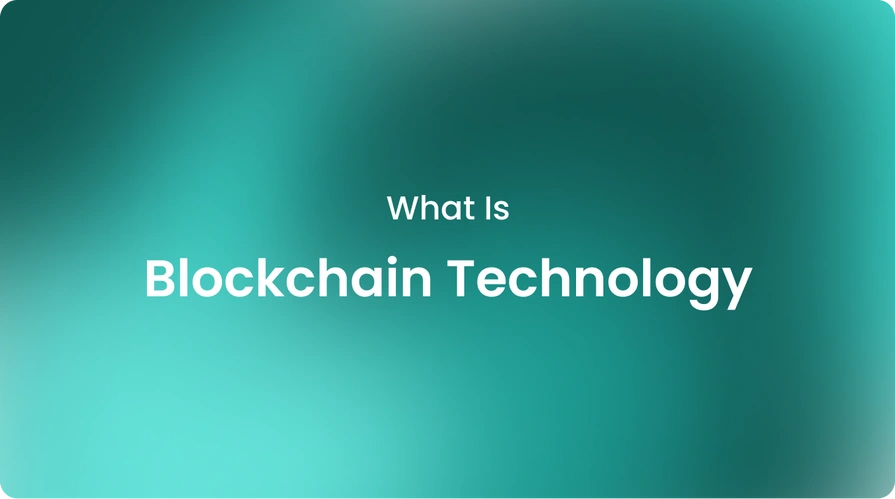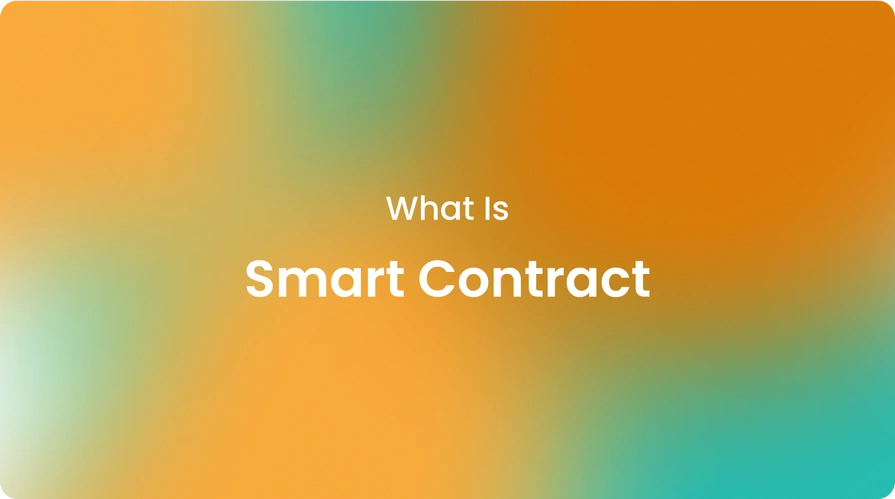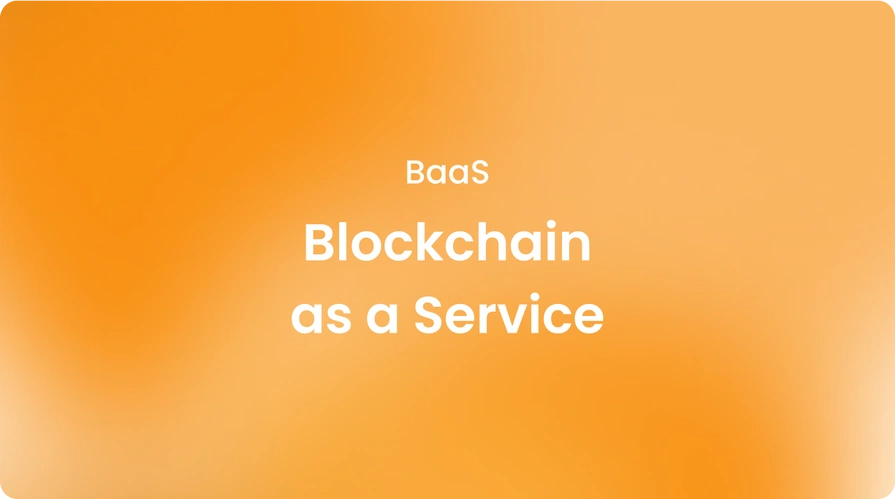|technology, knowledgehub
Features of Blockchain That Support Sustainability Efforts
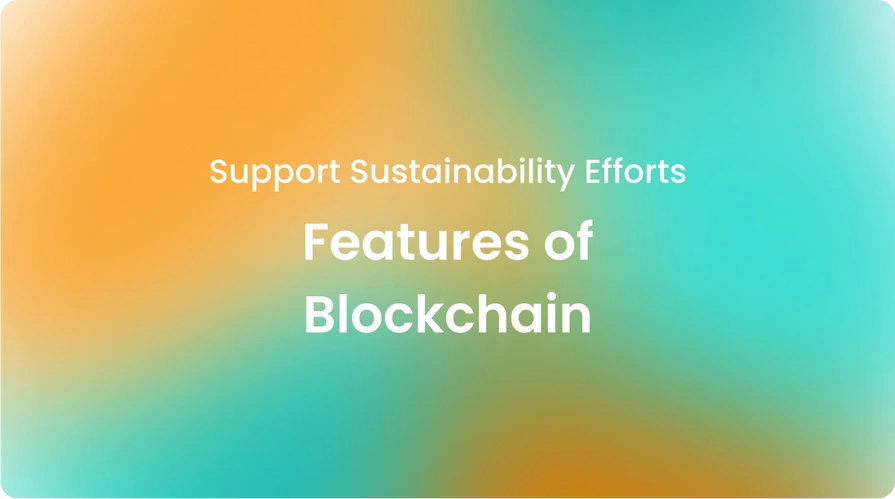
Welcome to our exploration of the features of blockchain that support sustainability efforts. As awareness of issues like climate change rises, people are searching for innovative solutions to build a cleaner, greener future.
Meanwhile, blockchain technology, the distributed ledger behind cryptocurrencies, continues to disrupt industries with its transparent, efficient solutions. In this article, we'll discuss how blockchain's core features are poised to empower more sustainable practices across supply chains, finance, and society.
Blockchain gets its power from decentralization, transparency, and secure record-keeping, all of which nicely align with sustainability goals. Through decentralization, blockchain empowers individuals and communities rather than centralized actors, which reduces hierarchy and builds resilience.
By ensuring that standards are met, distributed blockchain public ledgers provide transparency into systems like supply chains. And its immutable records allow verification of sustainability claims and tracking of assets over their life cycles. You can check “How does blockchain work?” for more details.
As an example, consider sustainable farming. A farmer could record harvest amounts, water and fertilizer usage, certifications earned, and more directly on a blockchain. This gives buyers easy access to a full product history.
Furthermore, it enables automated payments upon reaching milestones, such as rewarding carbon credits for adhering to organic practices. Overall, blockchain streamlines sustainability compliance and reporting while giving power back to creators.
How is blockchain related to sustainability?
Experts have studied blockchain's potential to aid sustainable development efforts across many fronts. The UN notes that distributed ledgers could disrupt sectors like energy, transportation, and infrastructure for the better.
One example is renewable energy "stacking," where consumers directly purchase local solar or wind power and receive blockchain-backed certificates for consumption. This crowdsources green investments at low minimums.
Blockchain also fosters supply chain transparency, which is crucial for sustainability. Through immutable record-keeping of items' origins, stakeholders can easily verify that no human rights or environmental abuses occurred along the way.
Cryptobunq issues and audits the euro stablecoin, EURK, to enable fast and secure transactions that are more transparent in supply chains. Overall, the oversight blockchain builds trust in ethical practices.
Can blockchain be environmentally friendly?
There is an evident paradox, as the computational systems that blockchain networks depend on require considerable energy use. However, with continued optimization, blockchain technology could potentially operate in an eco-friendly manner.
- More efficient consensus mechanisms, like proof-of-stake, are far less energy-intensive than proof-of-work protocols. Smart contract platforms like Ethereum are transitioning to reduce their carbon footprint.
- As usage increases, blockchains handle large transaction volumes and become proportionally greener. Bitcoin's energy efficiency, for example, has improved tremendously as the network has scaled.
- Renewable energy sources can power the servers and data centers that host blockchain infrastructure. Certain projects utilize a 'proof-spaced' protocol that eliminates the need for crypto mining entirely.
- Blockchain decentralized applications themselves may result in net environmental gains by replacing outdated, inefficient systems with more sustainable, decentralized solutions, as seen with renewable energy trading programs.
With a commitment to sustainability efforts, blockchain networks could evolve to power sustainability initiatives while mitigating their own climate impact over the long run. Innovation will be key to ensuring this promising technology develops responsibly.
How can blockchain be used for sustainable development?
Blockchain can advance progress on the UN's 17 Sustainable Development Goals in several practical ways.
Here is how:
Decentralization
By decentralizing data onto distributed ledgers shared among all stakeholders, blockchain eliminates single points of failure and bottlenecks while improving trust in the system through transparency.
No longer can any entity unilaterally modify or censor records. And consumers have access to verify compliance themselves. Overall, decentralization makes global operational infrastructure more resilient and self-regulating.
Transparency and traceability
Immutable blockchains give all stakeholders on a shared ledger a single source of truth regarding items’ provenances, shipments, and processing according to sustainability standards.
This enables traceability across traditionally opaque supply networks to build confidence in ethical sourcing claims. Data also remains permanent yet private, addressing both transparency and regulatory needs through selective disclosure.
Immutable records
By design, blockchain transactions, once added to distributed ledgers across many blockchain nodes, cannot be altered without detection, making record-tampering essentially impossible.
This critical feature builds integrity into any record-keeping system, from grant funding to renewable energy certificates to raw material processing documentation. Verification requires no trust in fallible centralized authorities.
Smart contracts
Programmable smart contracts make sure that sustainability rules are followed automatically and let crypto payments, crypto tokens, or titles be released conditionally after proving milestones like delivery, certifications being issued, or emissions reductions.
This streamlines administration and auditing while ensuring incentives drive desired outcomes. Therefore, it is a feature of blockchain that supports sustainability efforts.
Distributed ledger technology
Blockchain's distributed rather than centralized database architecture is inherently more robust, hack-resistant, and available. No central point of control exists that could distort or restrict access to records.
This quality makes blockchain an attractive long-term solution for storing sustainability records across borders and organizations.
Sustainable supply chain management
End-to-end supply chain integration with blockchain as provided through crypto services by Cryptobunq transforms transparency, enabling traceability of materials, components, and final goods.
These blockchain services do this according to evolving regulations and stakeholder values cost-effectively along traditionally fragmented global production networks, ensuring sustainability at every stage.
Renewable energy stacking
Renewable energy stacking refers to the practice of combining multiple renewable energy sources to maximize energy production and efficiency.
By tokenizing renewable energy generation via blockchain, individuals anywhere gain access to invest in and spend inclusive green currencies representing their proportion of local solar and wind farm output.
This crowdsourced model promises to accelerate the global transition to renewable infrastructure at the community level. You can benefit from sustainable blockchain features, from tokenization to EURK stablecoin, with CBQ. As an expert one-stop-shop crypto service provider, CBQ offers secure solutions.
What is the role of blockchain for sustainability and the circular economy?
By ensuring integrity across traditionally fragmented loops from design to end-of-life through traceable digital passports memorializing assets on blockchain public ledgers, blockchain-powered circular economy business models.
It streamlines recycling and remanufacturing and optimizes the recovery of raw materials for their highest-value applications. Asset coordination and the conditional release of incentives further motivate sustainability.
Overall, blockchain digitally interconnects the previously isolated sectors of a circular economy into holistic, closed loops. Therefore, the role of blockchain for sustainability and the circular economy is crucial.
What is the future of the sustainability blockchain?
Looking ahead, subject to continued efficiency innovations, blockchain's potential to optimize sustainability grows exponentially as its applications mature and integrate. Here are the prospects for the future of the sustainability blockchain:
- Interoperable blockchains will scale solutions across borders.
- Industries will tokenize sustainability impacts to crowdsource investments.
- Smart cities will automate renewable infrastructure using distributed ledgers.
- Supply chain integration will eliminate non-compliant actors.
- Transparency will drive higher standards.
Individual empowerment to support ethical practices and trace environmental footprints may ultimately prove blockchain's greatest impact on sustainability. The journey has only just begun.
How big is the blockchain market in terms of sustainability?
Analysts estimate that the blockchain sustainability market could reach a value of over $4 billion by 2026 as industries globally adopt the technology.
Early sectors like renewable energy certificates and carbon trading are giving way to new solutions improving transparency in ESG finance, sustainable sourcing certification, waste diversion programs, and more.
With increased collaboration between blockchain firms and sustainability leaders, the potential for cost and emissions reductions worldwide is tremendous.
Innovation on platforms like EURK, with the help of trailblazing companies like Cryptobunq, will realize the market potential, leading to exciting times ahead.
The bottom line
With its unique properties empowering transparency, trust, and efficient coordination on a global scale, blockchain is emerging as an increasingly core facilitator of sustainability efforts.
Whether through applications in finance, supply chain management, or beyond, distributed ledgers hold collaborative promise to accelerate the transition to renewable resources and closed-loop economies that optimize social and environmental outcomes.
Blockchain offers a viable technological means of restructuring global systems according to sustainability principles of resilience, accessibility, and responsible long-term thinking.
Through continued optimization and widespread integration, its impacts will only multiply, helping to achieve a cleaner, greener future for all. If you want blockchain-powered expert crypto solutions from a secure crypto service provider, CBQ is here for you. Contact us and adapt to the sustainable feature!
